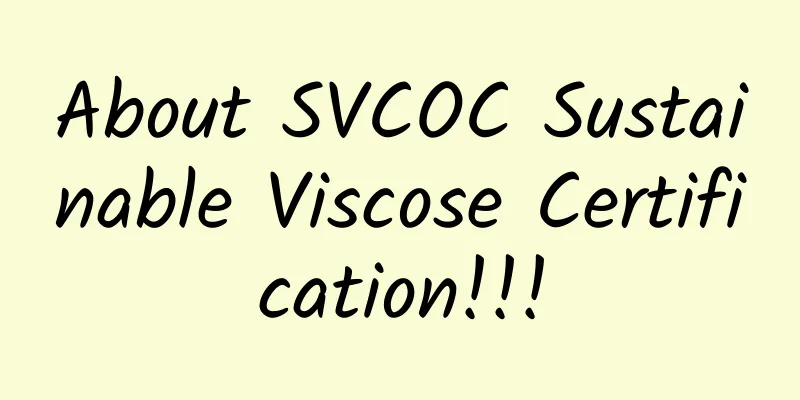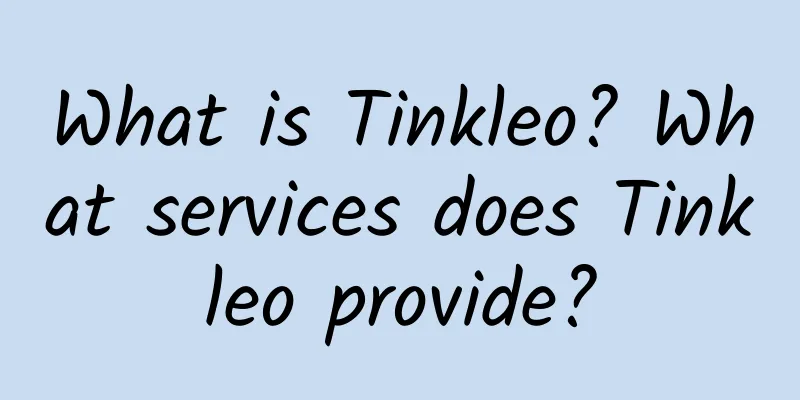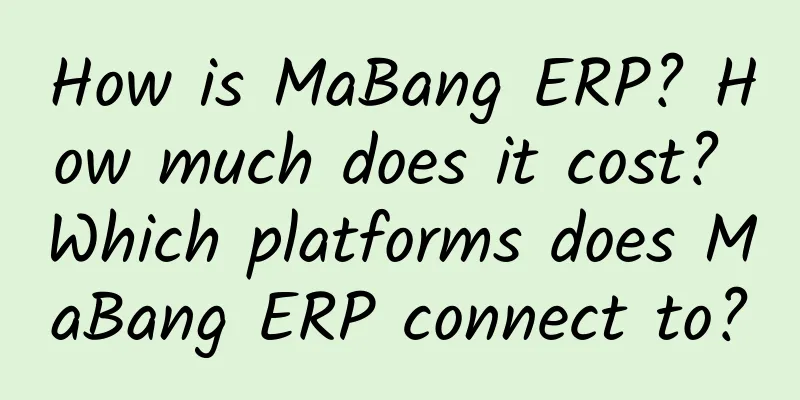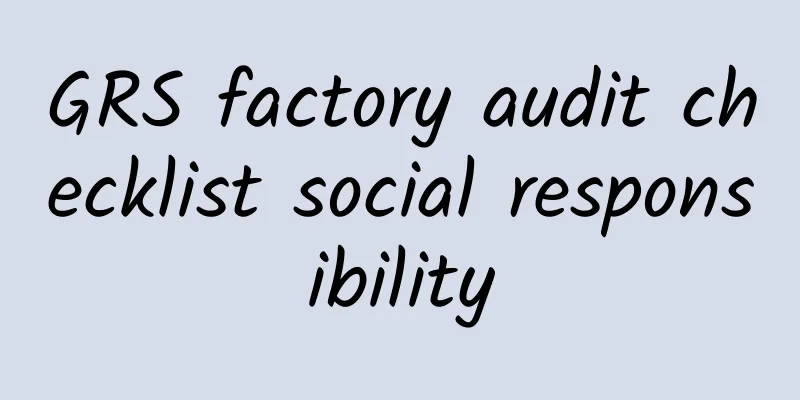About SVCOC Sustainable Viscose Certification!!!

|
CA Sustainable Viscose Chain of Custody Standard Most cellulose comes from wood, but some comes from cotton fibers called staple fibers. Viscose, sometimes called rayon, is primarily used in the textile production supply chain. The SVCOC verification of this management system is intended to provide reliable assurance that the product comes from well-managed forests. SVCoC verification promotes the transparent flow of goods made from this material through the supply chain. Input ValidationFor materials entering the supply chain from external sources: For materials entering the supply chain, documentation should be provided stating the name and address of the supplier, the quantity and description of the goods, the requirements for the material and any corresponding verification or certification. The verified organization shall receive a valid certificate of technical support when procuring the specified materials, issued by CUC. The organization shall maintain complete and up-to-date vital accounting records including description, quantity, origin and destination of all products received and delivered, and any technical cooperation for importing certified products. Technical cooperation should be carried out with certified products to ensure that they are all provided by certified organizations. The organization should check supplier invoices and supporting documentation to confirm that dates, quantities, mix ratios and material descriptions are consistent with transaction certificates. Certified products received from internal sources: Goods flowing from one production unit to another within the same organization, the corresponding documentation should indicate the quantity of original materials required, the mix ratio and the description of the certified products received. When any input or product does not conform to this verification procedure, the organization shall perform the following activities: A. Within 5 working days after the appearance of the non-conforming product mark, notify the certification body and all affected direct customers in writing and keep the notification record; B. Analyze the causes of defective products and take measures to prevent the recurrence of defective products; C. Maintain contact with the certification body and CUC should confirm that appropriate measures have been taken to correct non-conformities Sources1. The organization shall maintain up-to-date information on all suppliers that provide materials for certified products, including name, certification code (if applicable) and materials provided. 2. In order to identify any changes that may affect the availability and authenticity of the supplied products, the organization shall regularly verify the validity and products within the scope of its valid certification/certification supplier certificates. Inspection and controlThe organization shall conduct internal audits at least once a year, covering all requirements of this standard and developing corrective and preventive actions as necessary. Internal audit reports shall be reviewed at least once a year. PurposeThe SVCOC's verification of such management systems is intended to provide reliable assurance that certified products come from well-managed forests. SVCoC verification thus facilitates the transparent flow of goods made from such materials through the supply chain. Verification RequirementsThe verification protocol applies to every organization involved in the entire supply chain (after the raw materials for certification are verified), including processing, manufacturing, storage, handling and transportation (including the seller of the final B2B transaction). Organizations involved in the manufacturing and handling of the products for certification (including from initial processing to final packaging) and traders of the products for certification should undergo on-site or online verification audits by CUC. Shanghai Super Network recommends that verification audits be conducted at least once every calendar year. Product RequirementsSVCOC verification is available for products containing between 5% and 100% certified material. Sustainable viscose fiber certification also includes the change of product ownership involved in entering the next stage of the supply chain. If a company wants to apply for certification for its products, when the product ownership changes in the supply chain, the industry must establish an effective CoC management system at the corresponding organizational level and verify it by CUC. The SVCOC certification organization shall ensure that the sales documents (physical or electronic) issued for the certified products shall include the following information: a. Name of the organization and contact information; b. Information that identifies the customer, such as the customer’s name and address (except for end-customer sales); c. Date the document was issued; d. Product name or description; e. Quantity of products sold; f. The organization's certificate code associated with the certified product; g. There is a clear statement of the certification for each product item or the entire product. SVCOC Verification Management System Checklist Standards:1. The organization shall establish, implement and maintain documented procedures and/or work instructions covering all applicable requirements of the validation program. 2. The company should maintain a documented material flow chart, including risk points 3. The Organization shall maintain complete, up-to-date and easily auditable records to demonstrate compliance with all requirements of the Audit Protocol. 4. All records used in the implementation and/or validation of this Protocol shall be retained by the Organization for at least five years. 5. Employees and management maintain and communicate clearly defined roles and responsibilities that may have an impact on implementing the requirements of this validation protocol. 6. The organization shall appoint a management representative to have overall responsibility for compliance with the requirements of this certification protocol. 7. Personnel responsible for each procedure should receive appropriate and regular training on the implementation of the relevant standards. Are you still worried about not passing the factory inspection? Don’t worry! Chaowang Consulting has been engaged in factory inspection and certification consulting for many years. We have rich experience and connections, and are familiar with the process and steps of factory inspection and certification. We can help companies solve certification problems at any time, easily deal with them, and pass them smoothly! Consultation phone: 021-51029391! |
<<: What is SVCOC Sustainable Viscose Certification?
>>: SVCOC Sustainable Viscose Certification Trading Certificate Content Standard
Recommend
Which textile certifications are suitable for the European market?
Nowadays, many textile companies choose third-par...
How is Baimahui? What are the advantages of Baimahui?
How about Baimahui? Shenzhen Baimahui Consulting ...
Love Bonito—Women's Clothing Shopping in Singapore
What is LoveBonito? The Singapore women's clo...
Jiangsu Province Wage Payment Regulations
(Adopted at the 12th Session of the Standing Comm...
What is the process of registering and opening a store on eBay?
eBay is the cross-border e-commerce platform with...
What are some useful tips for Google SEO optimization?
When doing Google SEO, you usually first investig...
What are the benefits of Amazon’s Climate Pledge Friendly program for sellers?
1. The seller’s products will be discovered and p...
What is Sendible? How to register with Sendible?
Sendible Address: https://makeawebsitehub.com/go/...
What are the requirements for GRS global recycling standard factory audit?
Enterprises and factories that need GRS factory a...
The State Council approves the export tax rebate policy for RMB settlement in border countries
According to Wang Zhenhua, deputy director of the...
Coca-Cola factory audit content - freedom of association/discipline and routine
Coca-Cola factory audit content - freedom of asso...
Benefits of having an Ann Taylor factory inspection
Benefits of having an Ann Taylor factory inspecti...
Common fire safety issues and solutions during BSCI factory audits (IV) Fire safety inspection failure
Problem phenomenon: Fire inspection failed. Solut...
Organic Content Standards - OCS Factory Inspection Checklist
Organic Content Standards - OCS Inspection Checkl...
Useful tips | Why is GRS certification so popular?
What is GRS certification? GRS certification stan...









